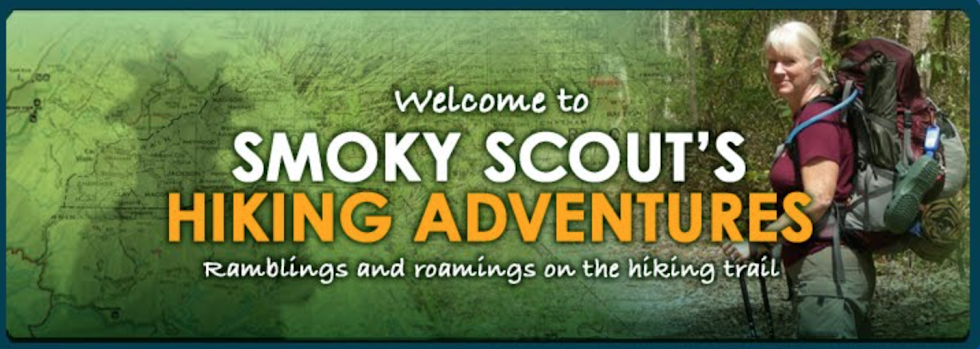Dismal Swamp State Park – 3/13/23 – 2.5 Miles
Merchants Millpond State Park - 3/15/23 – 1.5 Miles

I’ve made side trips to some parks en route to other destinations. However, exploring the far eastern gems meant deliberate planning over several days, so I combined a family event in Virginia with a trip to the northeastern NC counties. Mid-March is a sleepy time of year to visit this part of the state, but with an Airbnb home base in Edenton I enjoyed several days of discovery in two parks – natural beauty, history, and people.
Dismal Swamp State Park
North Carolina's Dismal Swamp State Park is a small part (14,000 acres) of the 113,000-acre Great Dismal Swamp that stretches across southeastern Virginia and northeastern North Carolina. The Great Dismal Swamp is the largest intact portion of a great swamp that once exceeded 1 million acres.
The swamp’s natural history is described in many sources. Its human history as a refuge for escaped enslaved persons, known as maroons, was not taught when I was growing up in the 1960’s in a rural Virginia town barely 100 miles away. As an adult, I feel drawn to this history.
The Dismal Swamp Canal Welcome Center is on US Highway 17 North in South Mills, NC. [It is not affiliated with the park itself.] Visitors park there and walk across a swing bridge spanning the Dismal Swamp Canal. The bridge gives access to the state park’s Visitor Center and park trails, opening on a schedule for boats and paddlers.
The canal was created for inland trade between Virginia’s Chesapeake Bay and North Carolina’s Albemarle Sound. The Welcome Center website’s video calls it “the oldest manmade continuously operating waterway in the country,” which I feel is a poor euphemism for the fact that enslaved persons dug the canal in horrendous conditions over 12 years. Searching a bit deeper on the website produces a more detailed history. The idea that today the canal is used for paddling and pleasure boating doesn't sit right with me.
Under a brooding, overcast sky I walked the half-mile Swamp Boardwalk Trail. The temperature was too cold to notice any wildlife about – at least I didn’t see any, although I might have been seen. Having read about the maroons hiding/living in the swamps, I tried to imagine surviving here in any season, each with its discomforts (to say the least).
Read more: Dismal Freedom: A History of the Maroons of the Great Dismal Swamp by J. Brent Morris
Most of the other trails in the park are a grid configuration of old logging roads, which I didn’t have the time or inclination to walk on today. The Supple-Jack Trail was right up my alley, a meander through the swamp and a return to the start on Canal Road. [Note: Supplejack is a native climbing vine.]
Merchants Millpond State Park
The morning that I visited Merchants Millpond State Park in Gatesville, NC, was windy and quite cold (34 degrees) but lit up by cheery blue skies. I was the lone car at the Visitor Center, where I got the general rundown of the area’s history from Kathy, also a part-time park employee like Melvin. [More about Kathy’s back story below.]
Millponds are manmade damming of creeks to create power for mill operations back in the day. The millpond at the center of the park, originally called Norfleets Millpond, was built in 1811 – yes, over 200 years ago! According to the park’s brochure, “Gristmills, a sawmill, a farm supply store and other enterprises made the area the center of trade in Gates County. Thus, the pond became known as Merchants Millpond.”
The park is small, a bit more than 3,500 acres encircling the millpond and part of Lassiter Swamp. It features a few trails and all kinds of camping, from car camping to backcountry to paddle-in campsites. Again my time was limited because of the long drive home ahead of me. I wanted to get close to the water, so I walked around the Cypress Point Trail loop and then a short distance on Bennetts Creek Trail.
Magical stillness in the early morning light
No critters in sight here, either. I'll have to return in warmer weather to check out the American alligators, turtles, frogs and snakes (oh my!)
Kathy’s back story: When she was thinking of college, she sought a guidance counselor’s advice for careers in the outdoors because she liked hiking and nature. The female counselor discouraged her, saying that it was a lonely career for a woman, she might be posted in remote locations, the outdoors was dangerous with animals, etc. So Kathy didn’t follow that dream. She recently moved to the Gates County area and saw that MMSP was hiring, and she’s very happy working in a field that she’s always loved.
News flash: Outdoors and public lands careers feature women at every level (including our current U.S. Secretary of the Interior). I hope that guidance counselors everywhere are encouraging girls to follow that “outside voice!”
“Natural beauty, history, and people – treasures in
North Carolina State Parks.”
~Sharon McCarthy





























































